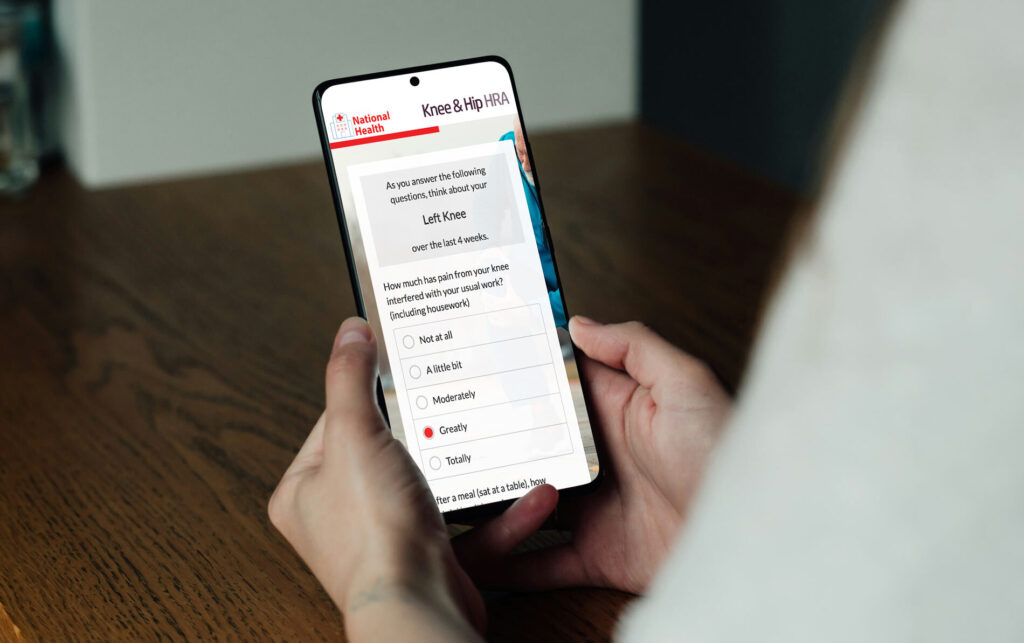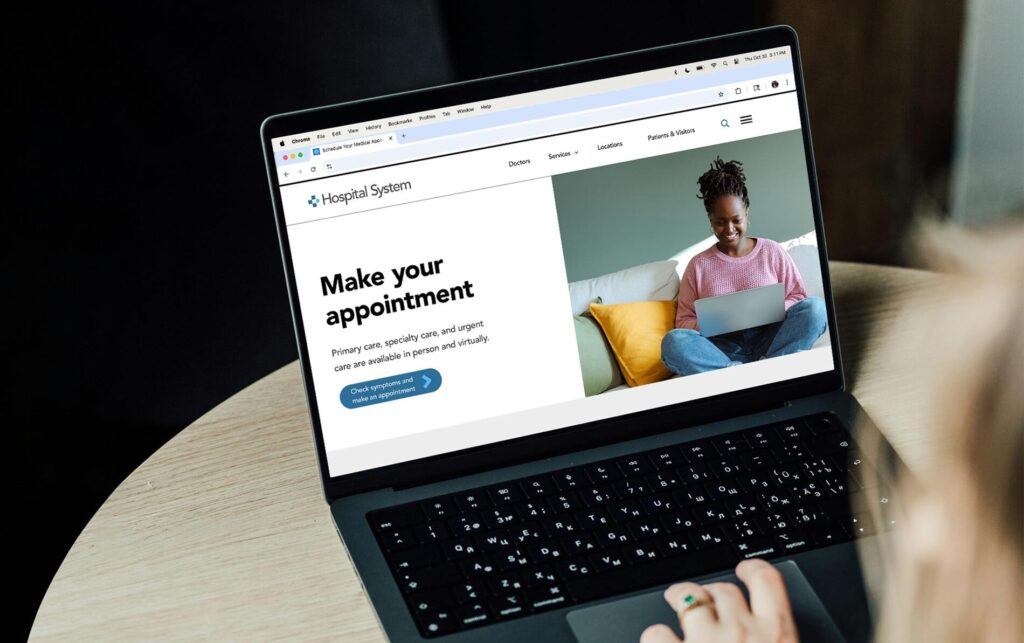Healthcare organizations today operate under constant public attention and scrutiny. Litigation that becomes public. Access challenges. Changes in quality or services that impact brand perception. Payor disputes. Leadership changes. These often play out in real time, across news outlets and social media. Every decision or lack thereof has the potential to shape perception, for better or worse.
In this environment, a strong reputation is a stabilizing force. It helps maintain trust when financial, operational, or political pressures arise. Reputation reflects how well an organization communicates, how it handles conflict, and how it upholds its values when situations are difficult.
Whether you’re a hospital, health system, provider office, specialty group — you name it — you aren’t immune. You’re susceptible. Healthcare organizations that manage reputation effectively do more than respond to crises. They build credibility that endures, even when the environment shifts around them.
What makes for a strong reputation in healthcare?
Your reputation is the sum of how people experience your care, how stakeholders view your leadership and organizational culture, and how the public thinks and talks about your organization.
In short, it’s the story others tell about you when you’re not in the room. And that room is often the public domain.
So, what is it that makes for a strong reputation in healthcare? It resides in four connected areas. If one is unstable, you’re at risk.
- Clinical trust. Do patients and families believe the care you provide is safe, effective, and compassionate? This is the foundation of every healthcare reputation. While direct, personal experiences play a critical role in building this trust, how you cultivate trust through your communications and outreach matters, too.
- Organizational integrity. How do payors, regulators, and partners view your leadership and decision-making? If an insurance company decides to play hardball during a contract negotiation, do they know they can easily back you into a corner? If the organization has made a mistake, how well do you own it — or do you? Organizational integrity is front and center in how you communicate and live your stated values from the boardroom to the office visit. But when a difficult moment appears on your front doorstep, that’s when your organization’s integrity is tested in real-time.
- Employee confidence. How do your clinicians and staff feel about where they work? A workforce that feels respected, supported, and proud to come into work each day strengthens your reputation from the ground up. Employees are the foundation of your brand. They are the original brand ambassadors, responsible for shaping hundreds to thousands of conversations every day.
- Public narrative. What does the community hear and say about you? Ever measured public opinion? Reputation takes shape through what they see and hear, whether it’s the local or national news, at work, or online.
When these four reputational areas align, they draw a more complete picture of your healthcare organization. When one or more begins to drift away, eroding confidence and reputation aren’t far behind.
Common reputation risks in healthcare
Reputation is tested most when multiple pressures converge. Several types of risk are common across healthcare organizations.
Payor negotiations
Disputes between providers and insurers increasingly spill into public view. Patients may feel caught in the middle and unsure of whom to trust. Will your resilience waver under the payor PR machine and spin? Clear, factual communication that explains the issue in plain language helps preserve credibility. Emphasizing patient access and continuity of care shows that the organization’s priorities are aligned with community needs and patients’ best interest.
Public relations crisis
Incidents such as data breaches, billing errors, or patient complaints can escalate quickly. The speed and quality of your response is crucial. But so, too, is ongoing communication until resolution. Acknowledging concerns, explaining corrective steps, and following through rebuilds trust faster than silence or deflection.
Remember: in a healthcare crisis, it’s not only a matter of acknowledging what you know. It’s being transparent about what you don’t and what you’re doing to address the issue.
Leadership turnover
When a CEO or key leader departs abruptly or internal issues unfold in the public eye, it tests not just leadership stability but institutional identity. The question becomes: is this organization bigger than one person? The strongest healthcare brands are. They’ve built trust on shared purpose, not personality. They communicate continuity of mission, not just changes in management.
Operational challenges
Staff shortages, delayed initiatives, or reductions in service can frustrate patients and employees. Open communication that explains the reasons behind decisions, combined with visible action to improve conditions, helps preserve respect and trust. Without a clear strategy that cultivates meaningful dialogue rooted in transparency, assumptions are made – and they are seldom positive.
Your reputation is tested most when the waters get muddied.
How to proactively build and protect your organization’s reputation
A strong reputation requires deliberate effort across leadership, operations, and communication. It cannot be managed from a single department. How is it done then?
Build institutional trust
Anchor reputation in organizational culture and values. Ensure those values are visible in every part of the patient and employee experience. A reputation grounded in culture, not individuals, will endure leadership changes and external pressures.
Communicate clearly and consistently
Speak plainly and directly. Avoid technical or defensive language. If everything sounds like a guarded press release, start over. When challenges arise, focus on what the organization is doing, why it matters, and how it supports patients and staff. Consistency builds credibility over time.
Prepare for the unexpected
Every healthcare organization should have a plan for communicating under pressure. Determine who will speak, what channels to use, and how quickly to respond. Test and refine that plan regularly. Preparation shortens response time and reduces confusion.
Monitor and measure perception
Reputation management depends on awareness. Track feedback from patients, employees, community, and other stakeholders. Use surveys, review platforms, and social listening to identify issues early. Addressing small problems before they grow prevents lasting harm.
Turn pressure into opportunity
Difficult moments can strengthen your reputation when handled thoughtfully. Payor disputes can demonstrate advocacy for patients. Leadership changes can highlight depth of talent and shared purpose. Public scrutiny can reveal transparency and accountability.
In other words, what does your resolve look like?
When an organization’s actions match its stated values, pressure becomes proof of credibility rather than a threat to it.
The bottom line: make reputation management a leadership priority, not an afterthought
Reputation management is a critical part of leadership and organizational strategy and a crucial component of your strategic communications plan. Your reputation affects patient loyalty, payor relationships, staff retention, and community partnerships.
Healthcare organizations that treat reputation as a shared responsibility build a lasting trust that endures long past the potential storm you may one day find yourself in.
Curious of how your organization’s reputation management strategy measures up?
Unlock Health is a full-service marketing communications agency that helps healthcare organizations make authentic connections with patients and communities.







